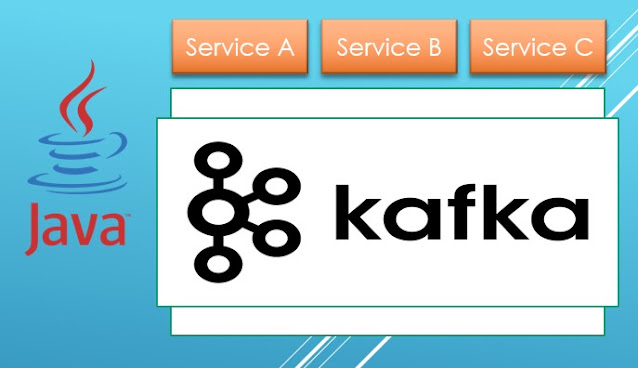Create a Live Chat Web Widget Tutorial using Javascript
 |
| Simple live chat javascript demo |
In today's tutorial, I'm going to show you how to create a live chat using JavaScript and Node.js. The chat will be very simple, allowing you to modify it according to your needs and styles. The main features of our chat will include:
- A page for clients
- A page for the admin that can simultaneously reply to all incoming client chats
We'll begin by setting up the client-side of our chat application. This will be the interface that your users interact with when they visit your site. The HTML file, which we'll call user.html, will contain the basic structure for the chat interface. You can style it to fit the look and feel of your website, adding CSS for visual appeal and JavaScript to handle the interactions.
Next, we'll create an admin interface. This admin page, admin.html, will allow you or your support team to monitor and respond to messages from all your users. The admin page will also have its own HTML structure and JavaScript to manage the incoming and outgoing messages efficiently.
With the client and admin pages set up, we'll move on to the server-side of our application. This is where Node.js comes into play. We'll use Node.js to create a socket server that handles the real-time communication between the clients and the admin. The server will listen for incoming messages from clients and broadcast them to the admin, and vice versa. Create server.js:
We'll set up our server using Express to serve our static files and Socket.io to manage the WebSocket connections. This combination allows for efficient and scalable real-time communication. Our server script will handle events such as new connections, incoming messages, and disconnections.
To get our server up and running, we'll need to install the necessary Node.js packages and configure our server script. Once everything is set up, we can start the server with a simple command.
npm init npm install ws express node server.jsFor demonstration purposes, you'll want to open the user.html and admin.html pages in two different browsers. This way, you can simulate a conversation between a client and an admin, seeing how messages are sent and received in real-time.
You can grab the full code from my repository here: mudi.adamz/livechat-websocket. Don't forget to give a star to my repo 😁
I hope this tutorial will be useful for your own business or web page. Creating your own live chat system that you have complete control over the features and design, allowing you to provide a customized and seamless experience for your users. If you have any questions or need further assistance, feel free to reach out. Happy coding!


